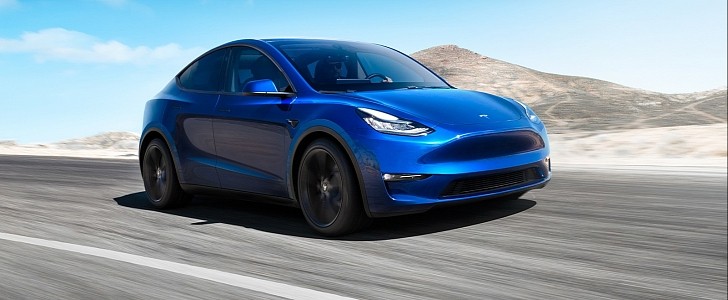Recently, the Indiana Department of Transportation and Purdue University has announced plans to build the world's first wireless-charging roadway segment. The initiative will use magnetizable concrete created in Germany to charge EV wirelessly while driving on the road.
As EV adoption is on the rise, so is the demand for charging stations. Vehicle charging should be quick and easy, and more importantly, available to anyone, anywhere. As we speak, most EV owners charge their cars at home. And while that's not necessarily a bad thing, if EVs are to be adopted at a large scale, the infrastructure needs a boost.
This initiative, announced by the Indiana Department of Transportation (INDOT) and Purdue University, is a three-phase project part of the Advancing Sustainability through Power Infrastructure for Road Electrification (ASPIRE), an Engineering Research Center funded by the National Science Foundation. The project is designed to deepen EV adoption throughout the state.
To produce the innovative concrete, INDOT has teamed up with German startup Magment GmbH, which, as the name suggests, will provide the pavement solution. The company will produce the concrete called Magment, which is a substance made of cement and recyclable magnetic particles that improves energy transfer.
The first two phases of the project will see the concrete in the lab, not on site. Precisely, engineers from Purdue will proceed with pavement testing, analysis, and optimization research ahead of implementing and testing it on the road.
Phase 3 will see the Department of Transportation build a quarter-mile-long (400-meter) testbed at a yet-to-be-determined location, where engineers will assess the concrete's ability to charge big trucks operating at high power (approximately 200 kW and above).
Once the project has successfully completed all three phases, INDOT will use the technology later this summer to electrify a segment of interstate highway in Indiana.
This initiative, announced by the Indiana Department of Transportation (INDOT) and Purdue University, is a three-phase project part of the Advancing Sustainability through Power Infrastructure for Road Electrification (ASPIRE), an Engineering Research Center funded by the National Science Foundation. The project is designed to deepen EV adoption throughout the state.
To produce the innovative concrete, INDOT has teamed up with German startup Magment GmbH, which, as the name suggests, will provide the pavement solution. The company will produce the concrete called Magment, which is a substance made of cement and recyclable magnetic particles that improves energy transfer.
The first two phases of the project will see the concrete in the lab, not on site. Precisely, engineers from Purdue will proceed with pavement testing, analysis, and optimization research ahead of implementing and testing it on the road.
Phase 3 will see the Department of Transportation build a quarter-mile-long (400-meter) testbed at a yet-to-be-determined location, where engineers will assess the concrete's ability to charge big trucks operating at high power (approximately 200 kW and above).
Once the project has successfully completed all three phases, INDOT will use the technology later this summer to electrify a segment of interstate highway in Indiana.






